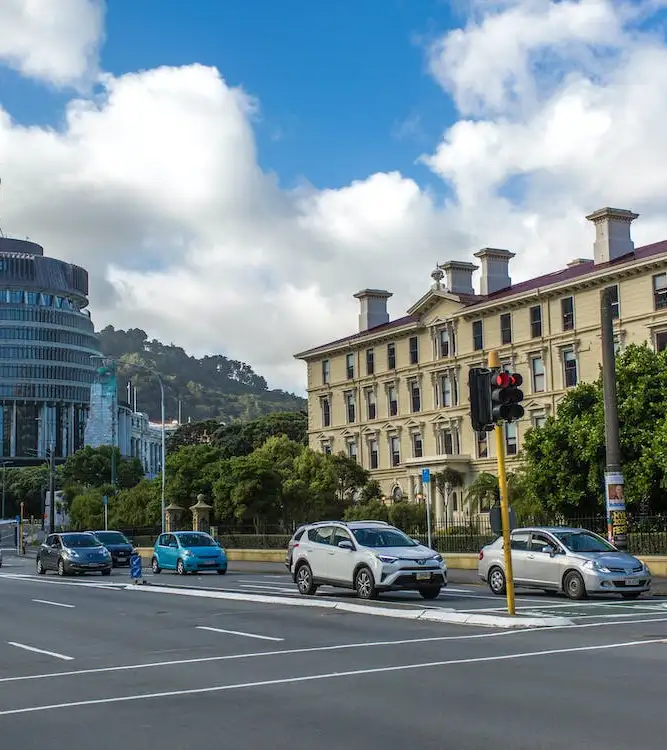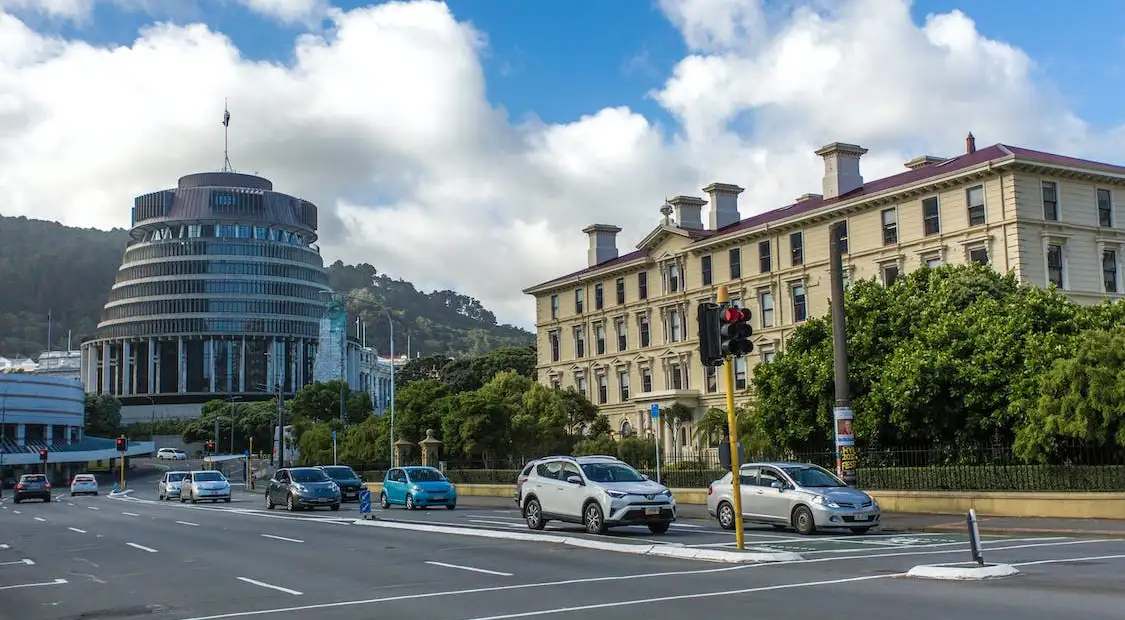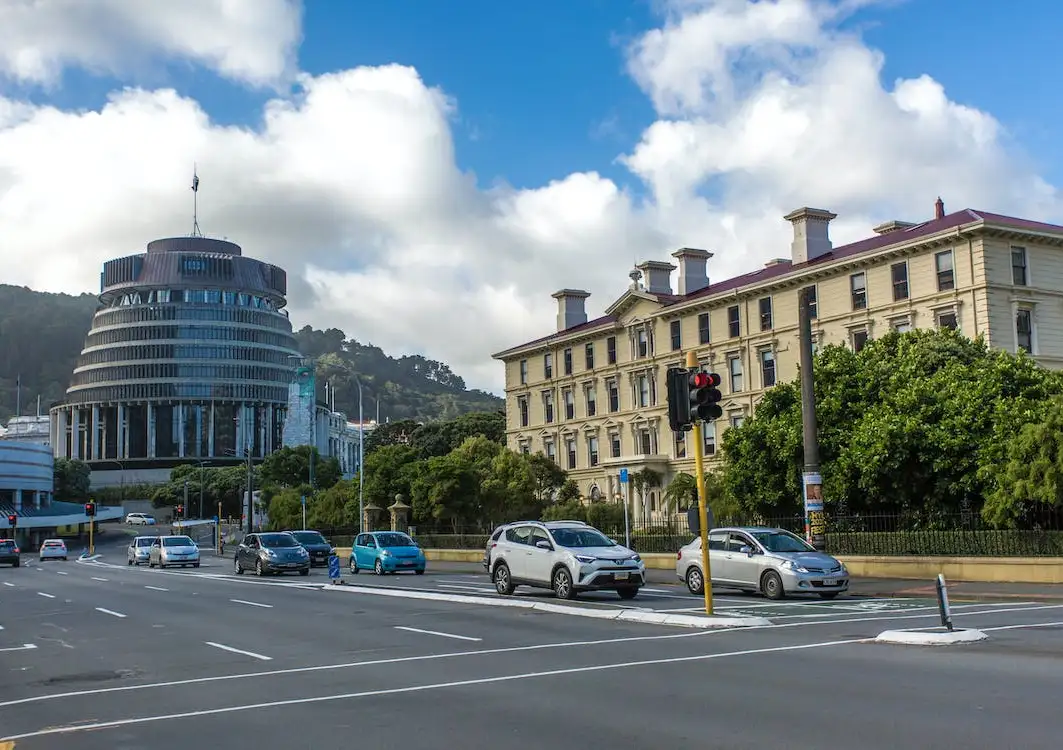Beehive briefing sets out local government priorities



10 December 2020
LGNZ has publicly released its Briefing for the Incoming Government.
Local Government New Zealand (LGNZ) has publicly released its Briefing for the Incoming Government, identifying three intertwined areas within the local government portfolio that should be the focus for both LGNZ and the Government over the next three years.
LGNZ President Stuart Crosby said that the briefing highlighted the need for big reforms across the three waters and resource management to be joined up, ideally in a ‘future of local government’ programme.
“As the closest tier of government, councils play a vital role in shaping the places that communities live, and promoting their wellbeing. This is a role that we know communities want to continue to play as the Government undertakes a number of major policy reforms.”
“To ensure that local say is retained, LGNZ has identified three waters, resource management reform and a future of local government programme as the focus areas for the next three years,” he said.
“The future of local government programme is vital. Reforms across the three waters and resource management, to say nothing of the health and disability reforms, are of such magnitude that they will likely change local government as we know it.”
“We need to be proactive and design community representation in the reforms to avoid any unintended consequences, such as stopping people from having a real say is the policies that affect their lives. This widespread reform provides a rare opportunity to not only ensure the status quo of representation is maintained, but to re-imagine the future role of local government in New Zealand.”
“It’s been more than 30 years since the last meaningful review of the sector, and LGNZ believes that now is the time to lock in the strengths of the existing system and address the weaknesses, while also enabling democratic decision-making at the appropriate level.”
Mr Crosby highlighted the results of strong local and central partnerships over the last year, the importance of the two tiers working to their strengths, and the need for joined-up reform of the sector.
“When local and central government partner with a common goal, great things happen. Over the last three years we’ve seen this with the Essential Freshwater programme, the establishment of drinking-water regulator Taumata Arowai and our Covid-19 response, where central government enabled local government to furlough 5 million kiwis for months. These are just some of the examples what we can achieve when ground-up meets top-down.”
“New Zealanders greatly value having a say at a local level, to shape their towns, cities and regions. We want that to continue. Key to achieving this is finding the sweet spot between local and central government.”
“Local and central government partnerships need to be formed early, in good-faith, and with a clear understanding of each’s strengths. To my mind, that means local government’s on-the-ground experience and knowledge, combined with central government’s resourcing and policy-making heft.”
“We have developed a good relationship with Minister of Local Government Nanaia Mahuta over the last three years, and we are looking to build upon that throughout this term.”
Given local government’s intersection with such a wide range of portfolios, LGNZ has shared the briefing with a range of ministers and local government spokespeople, to encourage conversation across the house.